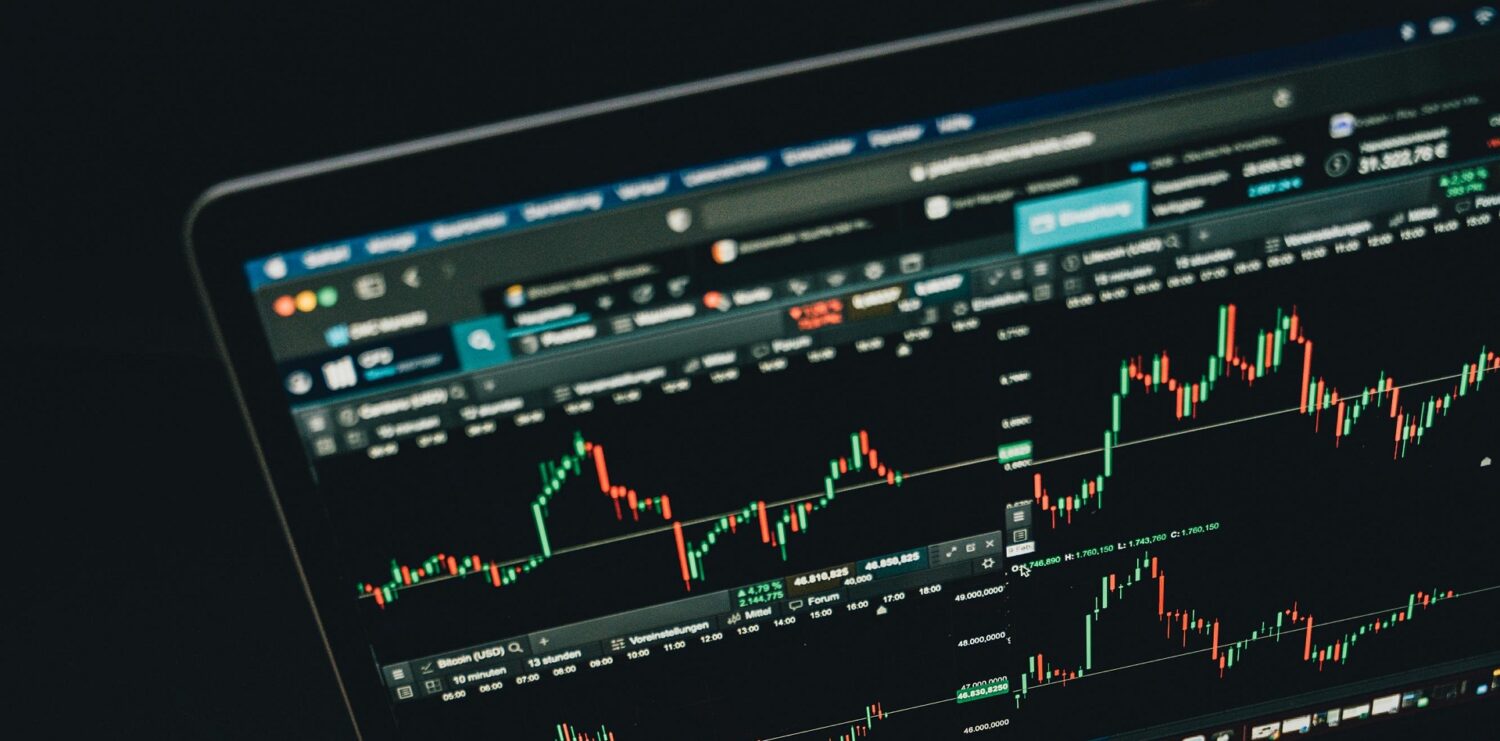Earnings per share (EPS) is a company’s net income (profit) divided by the number of outstanding shares of common stock. EPS is a valuable measure of a company’s profitability because it shows how much profit each share of stock is worth. EPS is calculated by dividing net income by the number of outstanding shares of…
Dividend
A dividend is a distribution of a portion of a company’s earnings to a class of its shareholders. When a company earns a profit or surplus, it is able to pay a portion of the profit as a dividend to shareholders. Any amount not distributed is taken to be re-invested in the business. Dividends are…
Common stock
Common stock is a type of security that represents ownership in a corporation. It is the most basic form of equity, and it gives shareholders a number of rights, including: Common stock is riskier than other types of investments, such as bonds, because it is not guaranteed to pay dividends or appreciate in value. However,…
Call option
A call option is a contract that gives the buyer the right, but not the obligation, to buy a specified quantity of an underlying asset at a specified price on or before a specified date. The specified price is called the strike price, and the specified date is called the expiration date. The buyer of…
Bull market
A bull market is a market condition in which stock prices are rising. It is typically defined as a rise of 20% or more in a stock market index over at least a two-month period. Here are some of the key characteristics of a bull market: Bull markets can last for months or even years….
Beta: A measure of a stock’s volatility relative to the market
Beta is a measure of a stock’s volatility relative to the market. It is calculated by comparing the stock’s price movements to the price movements of a benchmark index, such as the S&P 500. A beta of 1 means that the stock’s price moves in the same direction as the market. A beta of less…
Bear market
A bear market is a term that describes a sustained period of time where stocks, securities, or assets continue to decrease in value. A bear market is usually caused by economic decline, consumer pessimism, and negative investor sentiment. A bear market is the opposite of a bull market, where prices are increasing due to economic growth, consumer…
Bid
A bid is an offer to buy something. In the stock market, a bid is an offer to buy a stock at a certain price. The bid price is the highest price that a buyer is willing to pay for a stock. When a buyer and seller agree on a price, a trade is executed….
Ask: The highest price that a buyer is willing to pay for a stock
The ask price is the highest price that a buyer is willing to pay for a stock. The bid price is the lowest price that a seller is willing to accept for a stock. The difference between the ask price and the bid price is called the spread. When a buyer and seller agree on…
Data Moat
Data moat is a term that refers to a competitive advantage that a business has because of its proprietary data set. Data moat is a modern extension of traditional moats of business, such as vendor lock-in, branding, trade secrets, efficiencies of scale, and regulatory capture. Data moat is based on the idea of creating a unique value…
Dashboard
A dashboard is a graphical user interface (GUI) that provides users with a centralized view of key performance indicators (KPIs) or metrics. Dashboards are typically used in business to track the performance of an organization or department. They can also be used to track personal goals or activities. Dashboards typically display data in a variety…
Cutting edge practices
Cutting edge practices are methods or techniques that are at the forefront of innovation and excellence in a particular field or domain. Cutting edge practices are often based on the latest research, evidence, or technology and aim to achieve superior results or outcomes. Cutting edge practices can be applied to various domains, such as business, education, health…
